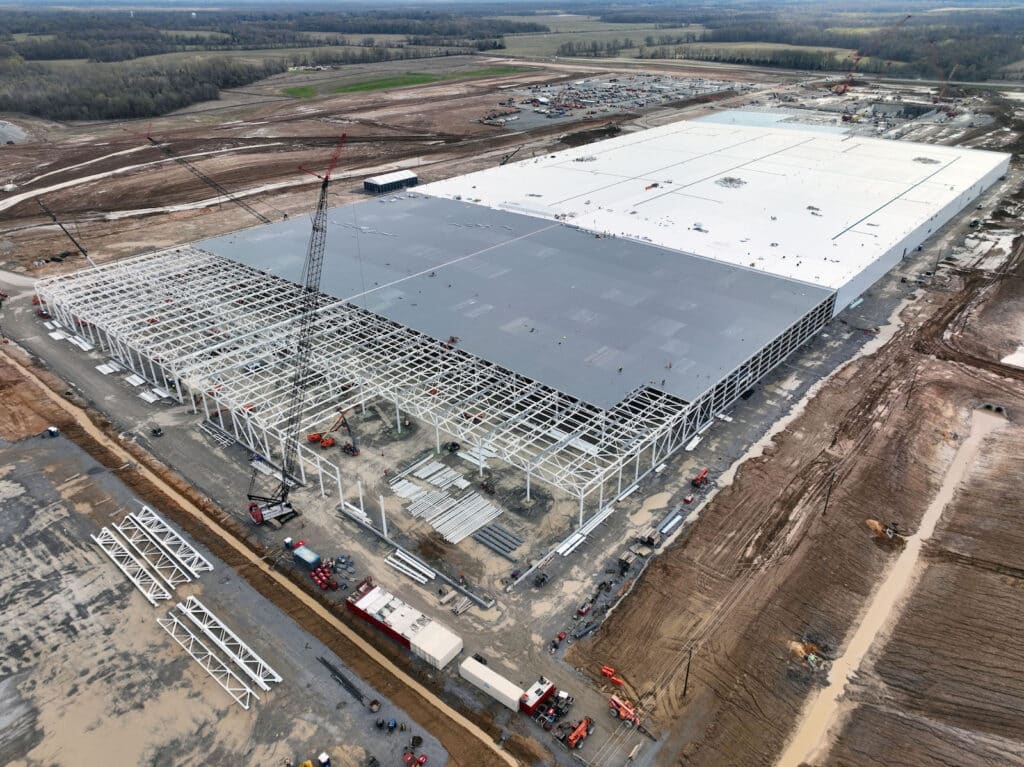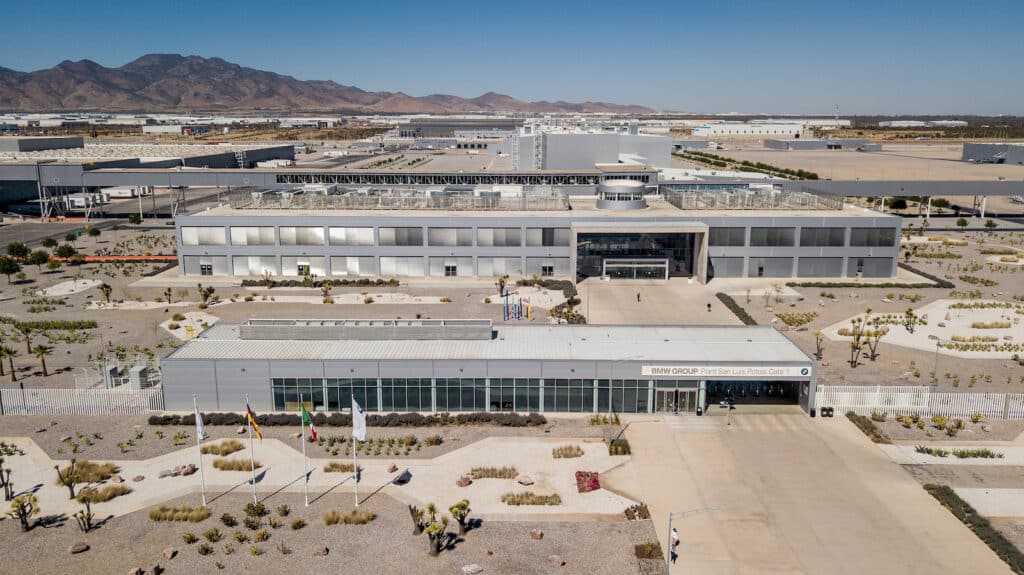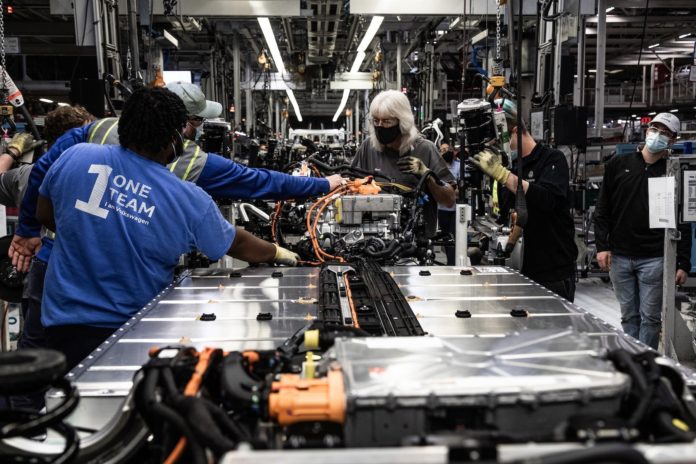Stellantis and BMW are in discussions with Panasonic Holdings about working together to establish electric vehicle battery operations in North America.
For Stellantis, the news follows two other planned EV battery plants in North America, as the company is working with LG Energy Solution for one in Canada and with Samsung SDI for another in Indiana.
The story was first reported by The Wall Street Journal, citing persons with knowledge of the discussions.
What’s driving the investments
The news is the latest result following the August passage of the Inflation Reduction Act, or IRA, which ties EV incentives to domestic production of their batteries.

The IRA offers $7,500 to buyers of new electric vehicles. While there are a number of stipulations that must be met, the first major one is that the vehicle must be assembled in the U.S., Canada or Mexico, and have a price of less than $80,000 for SUVs and $55,000 for cars in order to receive a $3,750 credit.
To get the remaining $3,750, the battery must be manufactured in North America, key minerals sourced from the U.S. or its free trade partners.
The new law helps clear the way for non-Chinese battery manufacturers, including LG Energy, the world’s second-largest EV battery producer, outranked only by China’s Contemporary Amperex Technology Co.
The new law brings results

The impact has been immediate, with the U.S. Department of Energy predicting that domestic production of EV batteries could increase by as much as 2000% by 2030. In fact, $73 billion worth of projects were announced for the United States alone last year, with more coming this year as 17 battery plant projects have been announced since late February, including the largest standalone battery production complexes in North America being built by LG Energy Solutions.
In late February, the company announced plans to spend $5.6 billion to build a new battery manufacturing complex in Queen Creek, Arizona, southeast of Phoenix. Consisting of two plants, both will supply North American EV automakers, and will meet the dictates of the IRA, which ties EV incentives to domestic production of their batteries.
And Ford Motor Co. has four battery plants being constructed, two in Kentucky, and a third at the company’s $5 billion BlueOval City EV manufacturing complex near Memphis, with a fourth to come in Marshall, Michigan at a cost of $3.5 billion.
Most of the new plants won’t be operational until mid-decade. Last year ended with just 54 gigawatt-hours-worth of battery capacity in the U.S., according to the Argonne National Laboratory. That was barely more than five years earlier, when the first Tesla Gigafactory in Reno, Nevada went online. But Sam Abuelsamid, principal analyst for Guidehouse Insights, forecasts that will jump to about 500 GWh in 2025.

Overcoming hurdles
Producing batteries is a particularly finicky process, as Panasonic found out in 2015, when it built the nation’s first substantial EV battery factory on property Tesla owns west of Reno, Nevada.
Obtaining the proper gear is proving to be a huge challenge. Battery makers are finding that U.S. equipment for making batteries is in short supply, while U.S. safety regulations prevents manufacturers form bring over Asian equipment without modification.
Another obstacle is finding and training workers, as even a tiny exposure to moisture requires tossing out a whole batch of batteries.
Both problems are a result of two decades of outsourcing and moving jobs overseas, which exported battery manufacturing expertise along with it. Lithium-Ion battery production is centered in East Asia. Bringing it back to America is proving to be a challenge, albeit one that every battery-making venture has to overcome.

